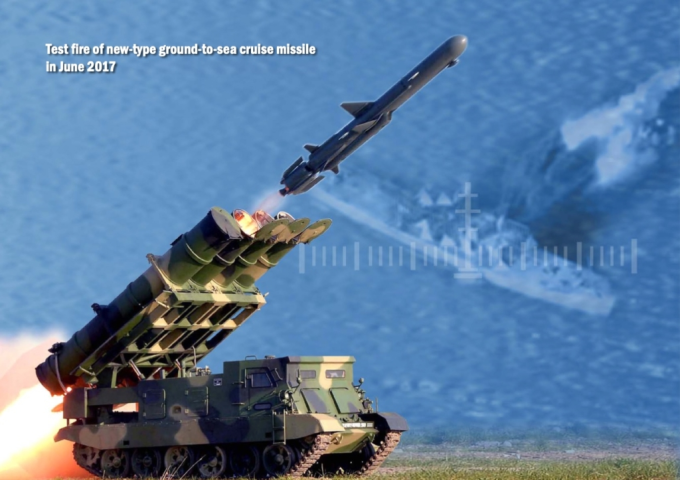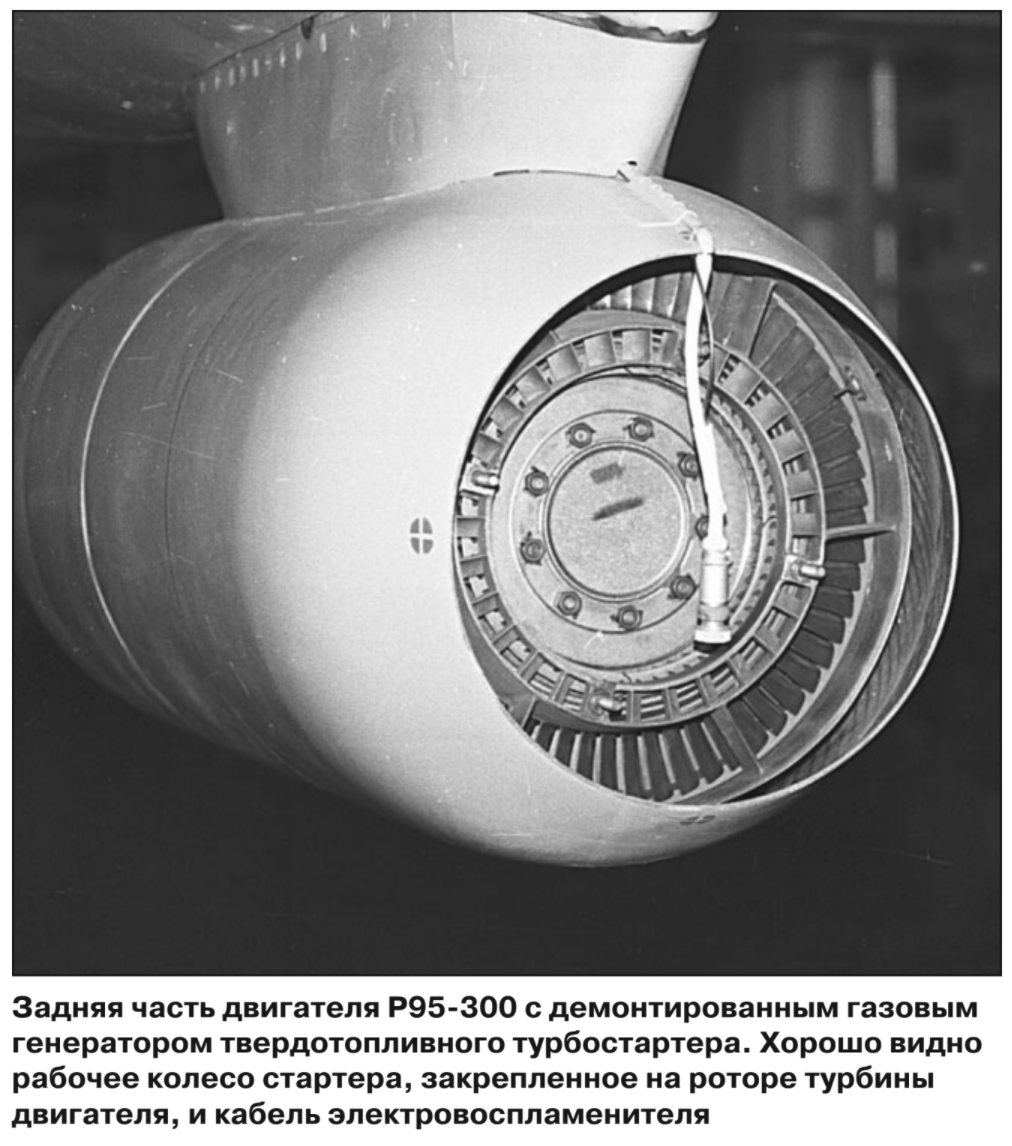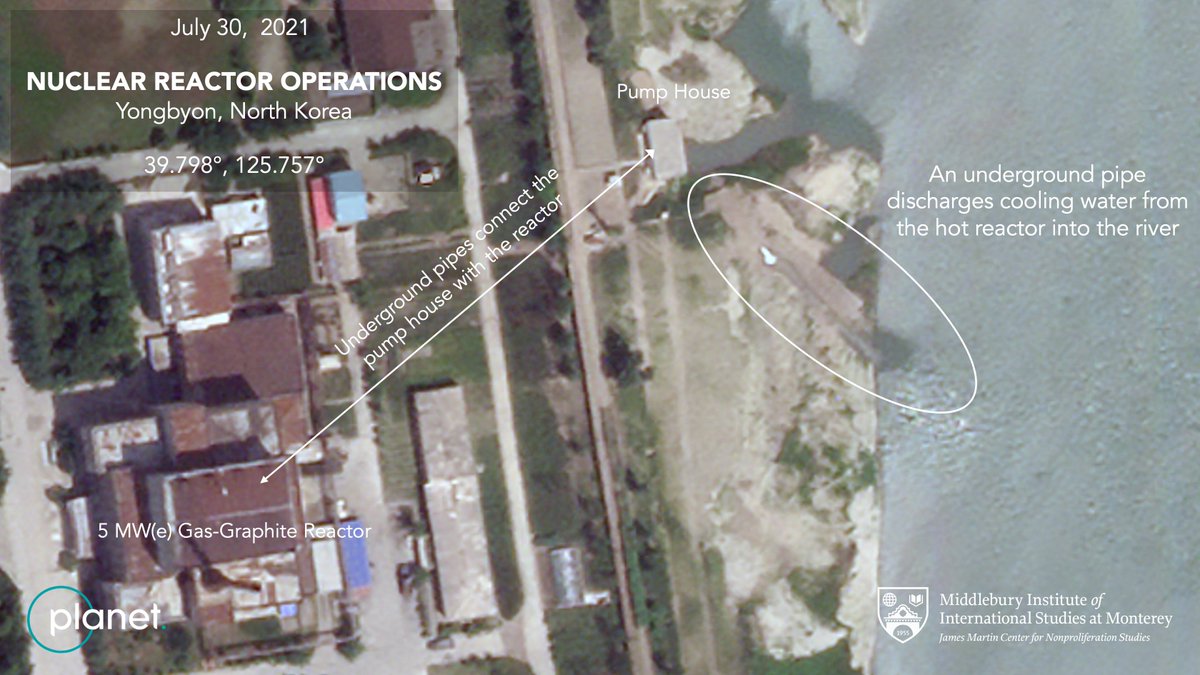
Still waiting on the transcript of Kendall's remarks, but I don't think we should dismiss the possibility of countries developing orbital bombardment systems, including China and North Korea. A short thread.
https://twitter.com/aaronbateman22/status/1440305201156530191
The Soviet Union developed a "fractional orbital bombardment system" (FOBS) in the 1960s. The Soviets deployed this system from 1969-1983. @historyasif wrote the best article on Soviet FOBS.
static1.squarespace.com/static/5ef8124…
static1.squarespace.com/static/5ef8124…
(A word about the "F" in FOBS. The Soviets added "fractional" because, as a party to the Outer Space Treaty, it agreed "not to place in orbit around the earth any objects carrying nuclear weapons..." It's a polite fiction.)
Let me say that again: The Soviets had an operational FOBS capability for twelve years. At it's peak, the Soviets deployed 18 R-36O missiles. This wasn't a lark or a joke. It was designed to defeat US missile defenses, like the Safeguard ABM system.
Why did the Soviets give up on FOBS? Because the US gave up on ground-based missile defenses. The end of FOBS "can be explained by the lack of a continental anti-ballistic missile system of the enemy, and only its presence would have any meaning to create an orbital warhead."
That's @historyasif quoting from an official Russian document on the FOBs program.
The Chinese also considered orbital bombardment to defeat missile defenses. Here are Lewis and Hua on China's decision making. 

Moscow and Beijing were very interested in FOBS and other exotic weapons systems when the US was heavily investing in ABMs in the late 1960s and early 1970s. Guess why they are interested in those systems again? It's a total mystery. 

I would not be surprised if Russia, China, or North Korea revived FOBS. Putin already showed off a bunch of exotic weapons including a heavy ICBM that cab attack the US over the South Pole, all of which he explained were responses to the US withdrawing from the ABM Treaty.
I understand the tendency to discount political leaders when they describe their motives in public. But in the case of FOBS, we have historical explanations which I find harder to dismiss. And the Russian and Chinese sources are both clear they wanted to defeat ABMs.
I find it very irritating when senior U.S. officials pretend not to understand why Russia, China or North Korea might pursue military capabilities that improve the ability of retaliator forces to penetrate US missile defenses. They've been very clear about their motives. 

As long as the US pursues an ABM capability that can, in concert with modernized strategic offensive forces, neutralize Russia, China or North Korea's stratetgic deterrent capability, those countries will try to build their way back to deterrence. That may well include FOBS.
Anyway, this is precisely why I argued in @ForeignAffairs that serious arms control that limits new offensive systems isn't going to be possible without including defenses that drive them.
foreignaffairs.com/articles/china…
foreignaffairs.com/articles/china…
• • •
Missing some Tweet in this thread? You can try to
force a refresh
















